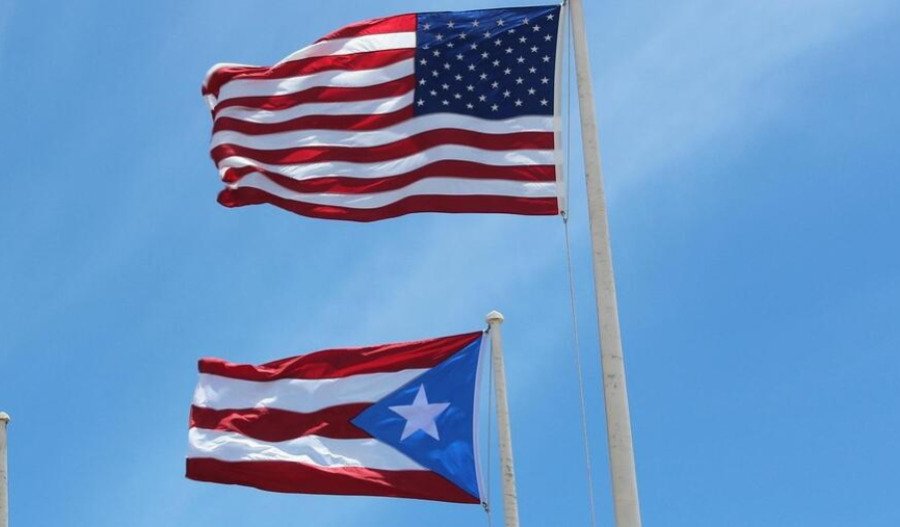Gold prices swelled to fresh weekly highs during Thursday's Asian trade, as rising geopolitical risks and a weakening United States dollar drove continued safe-haven demand.
By 3:25 pm AEST (5:25 am GMT), spot gold prices were up $19.50 or 0.6% to US$3,374.48 per ounce.
The yellow metal remains on track to test the key $3,400 resistance, supported by growing investor caution over tensions in the Middle East and expectations for a softer stance from the U.S. Federal Reserve.
"[The] U.S. anticipates Iran could retaliate [against] certain American sites in neighbouring Iraq,” reported CBS News senior White House correspondent Jennifer Jacobs, citing intelligence shared with US officials. She also noted that Israel is “fully ready to launch an operation into Iran”.
Despite rising tensions, U.S. President Donald Trump's Middle East envoy Steve Witkoff is still set to meet with Iranian officials on Sunday for a sixth round of nuclear talks.
Amid the geopolitical backdrop, the U.S. dollar extended its decline, trading near two-month lows against its major peers. The move followed weaker-than-expected U.S. consumer price index (CPI) data, which showed a 0.1% rise in May, bringing annual inflation to 2.4%, both below forecasts.
Core CPI figures also undershot expectations, further fuelling speculation that the Federal Reserve may cut interest rates as early as September. According to CME Group's FedWatch Tool, market participants now see a 59.1% chance of a 25 basis point cut, up from 52.2% prior to the CPI release.
Added to the uncertainty, the Wall Street Journal reported that China plans to impose a six-month limit on rare-earth export licences for U.S. manufacturers, including automakers.
Meanwhile, a European Central Bank (ECB) report released Wednesday revealed that gold has become the second-largest reserve asset globally in value terms, behind the U.S. dollar. This reflects rising prices and record buying by central banks around the world.
Looking ahead, investor focus turns to the U.S. producer price index (PPI) due later in the day. Annual PPI inflation for May is expected to rise to 2.6% from 2.4% in April, while monthly PPI is forecast to rebound to 0.2%.
Core PPI is anticipated to show a 3.1% year-on-year rise and a 0.3% monthly increase.



